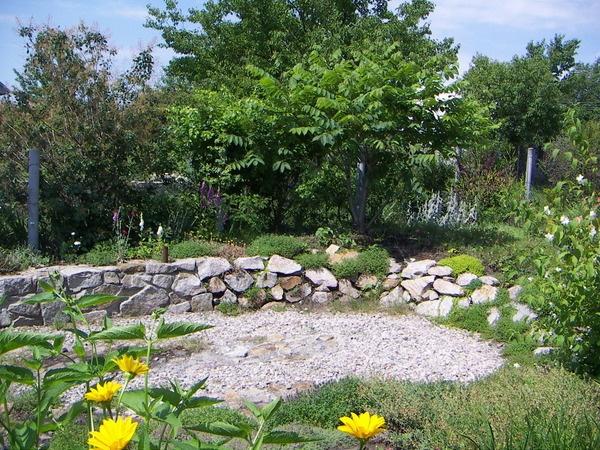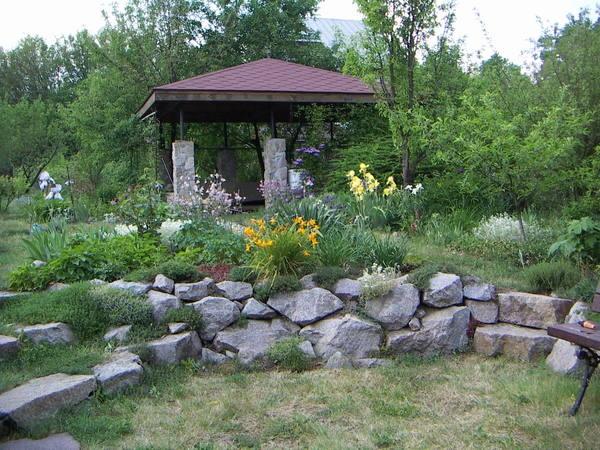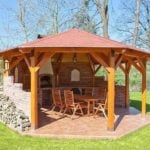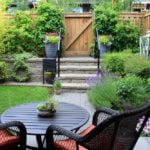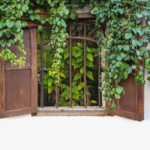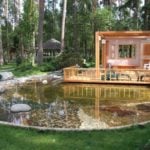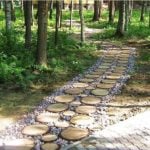I’ve always been confused as to why people want to have a very smooth area. Especially if the plans are not to plow the garden, but are going to build a cottage with “beauty” around. Of course, the site on the slope is not very good for beds — water during heavy rains erodes the ground, erodes the beds with plantings, does not go deep into the soil. But otherwise, if the site is located on a slope, it is provided with additional attractiveness. Of course, you will have to work hard and invest more money and labor than at the stage of organizing on a horizontal surface, but in the end this site will look much more interesting than the usual one.
Features
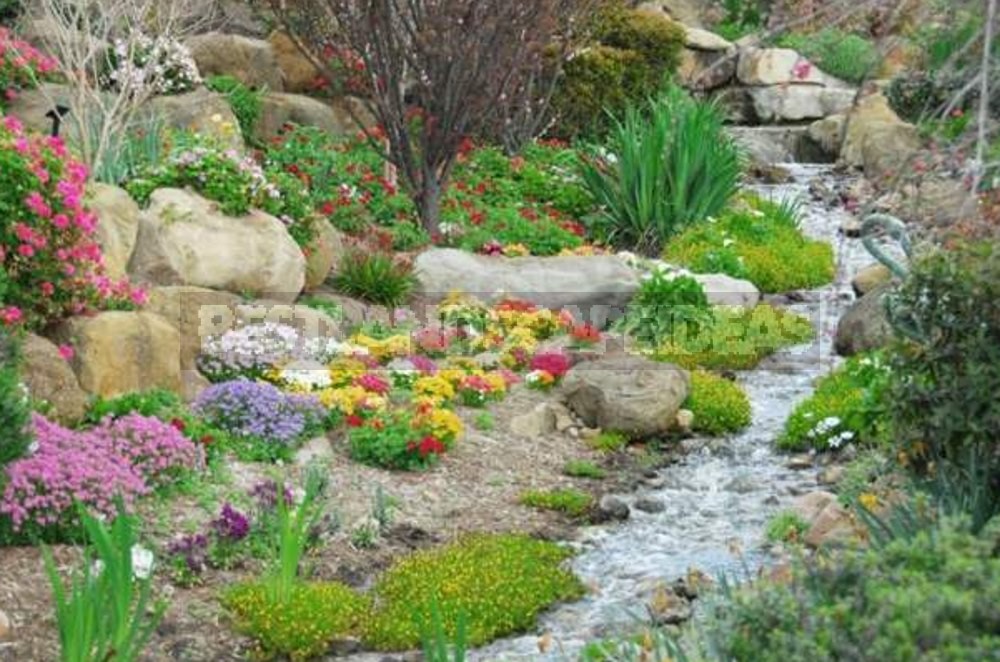
The garden on the slopes is better visible, it is not as monotonous as on the flat land. The height difference is favorably emphasized by the silhouettes of plants located on small terraces. Raised on retaining walls, garden beds are very easy to maintain, especially for the elderly and disabled. On the slope, it is much easier to organize a watering system that will flow independently, making the wiring of pipes, hoses, or even just a channel.
Landscaping of the steep slope will not stop at the construction of terraces on straight and, especially, long retaining walls, turning the territory into a kind of giant staircase.
Advantages
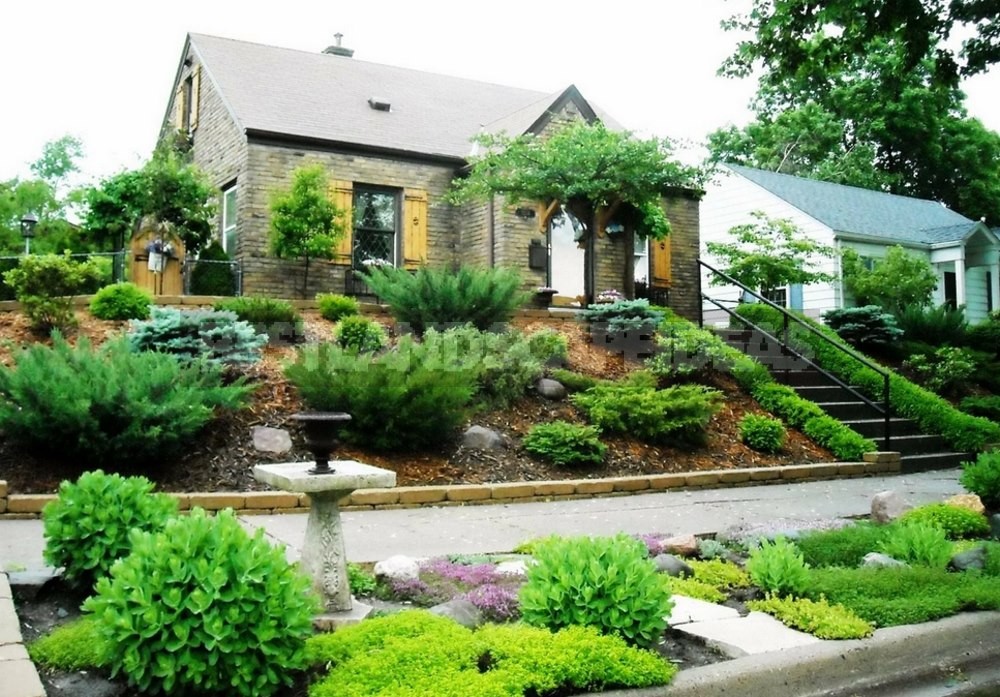
On the slopes of terraces of various sizes with vertical or inclined walls, it is quite chaotic, between them, bending and as if draining, there may be a track or trail that periodically breaks in several stages in the places of the steepest ascent. Retaining walls can appear from the ground, gradually merging with the landscape. If the slope on the site is shallow, then retaining walls of dry masonry, perhaps, will be more appropriate.
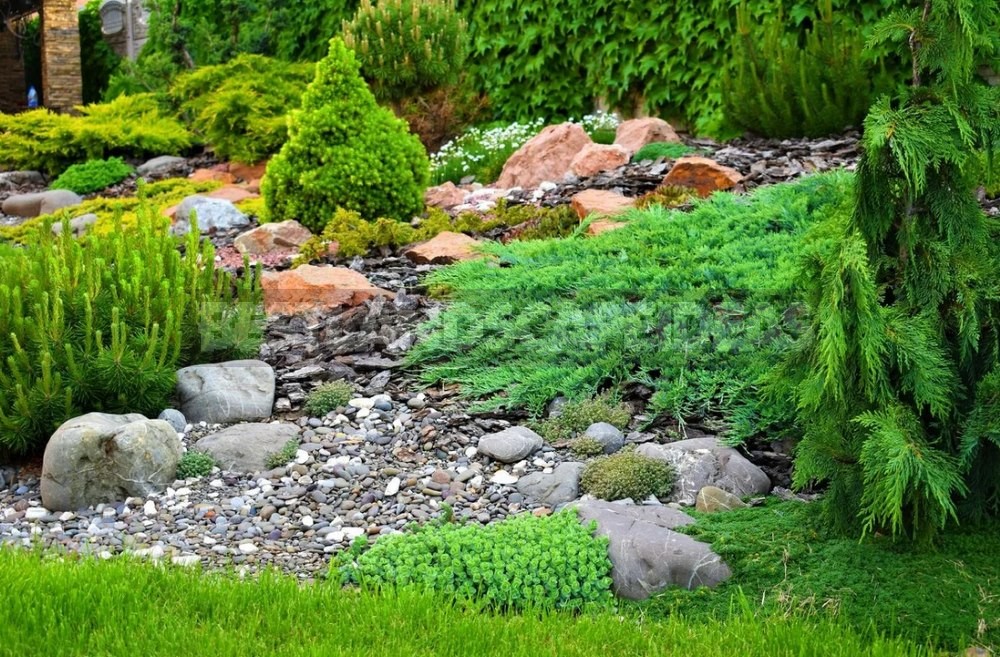
Well, if the slope on which the site is located is very steep, the retaining walls are safest to lay in cement mortar. They can be of any shape. It is not necessary to make them straight or angular. Retaining walls can be bent, alternate large and small segments to the right, to the left of the track, accompanied by steps, descend from a great height and almost repeat the natural landscape, being located on the site randomly.
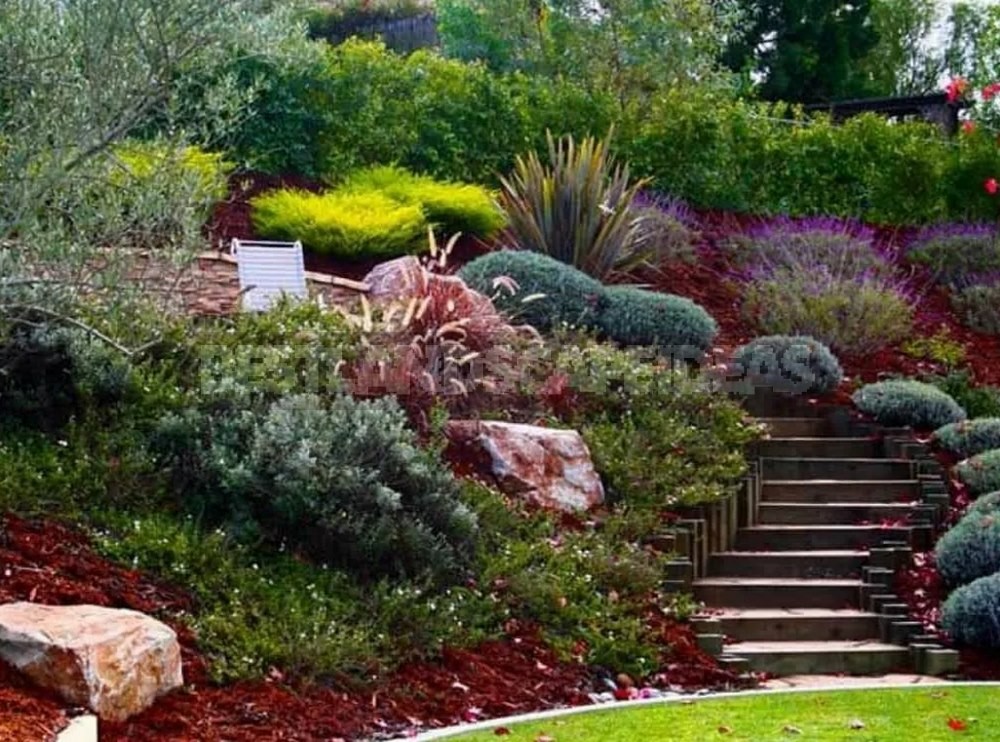
In the arrangement of retaining walls, there is a difficult moment. This is especially true for the moisture content in the soil. Not much can be said about it, but it is very important for the long life of the wall. It’s very simple. Masonry walls should be made between it and the back ground with drainage gravel 10-15 cm (3.9-5.9 inch) wide. Pieces of pipe are inserted into the wall so that moisture can enter and accumulate behind the wall. If this is not done, it will fill the soil with moisture in the fall, and in the winter the wall will shrink and break. Perhaps in a year nothing terrible will happen, but we need the wall to last for dozens of years. So this method is one of the simple solutions that will save the structure from destruction.
Design Ideas
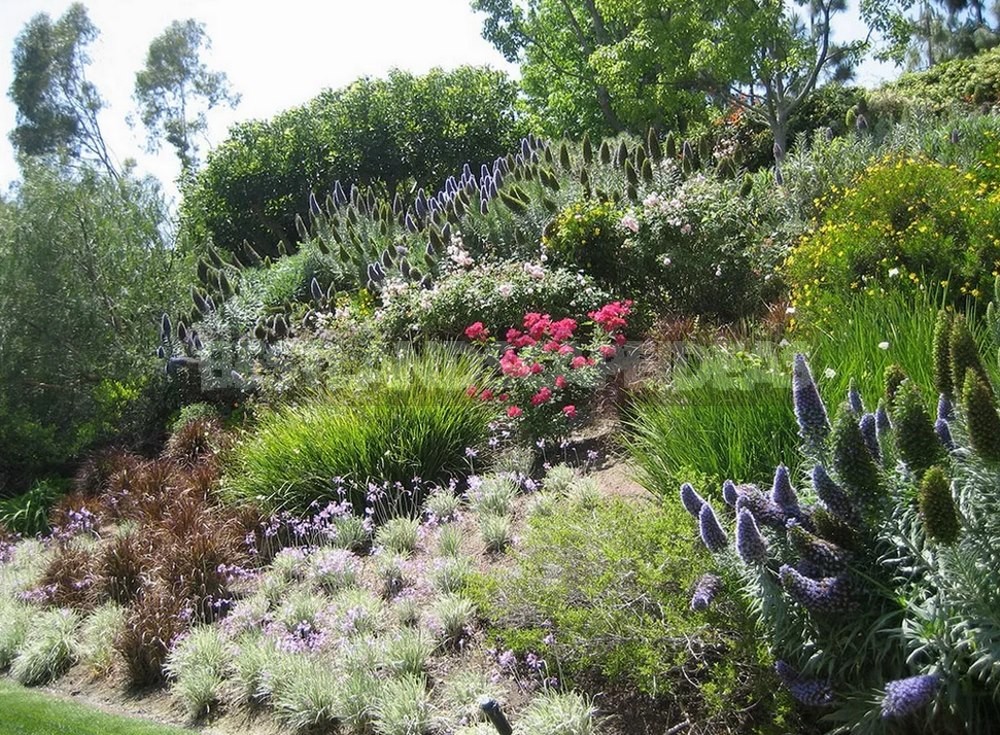
Just imagine how such structures will decorate a garden plot! For example, everyone’s favorite roses can hang on the retaining walls. Slope design options for every taste. Just remember that you should not plant moisture-loving plants on the slopes because the water will drain faster from the slope. But this also applies to those cases when the garden does not have a regular watering system.
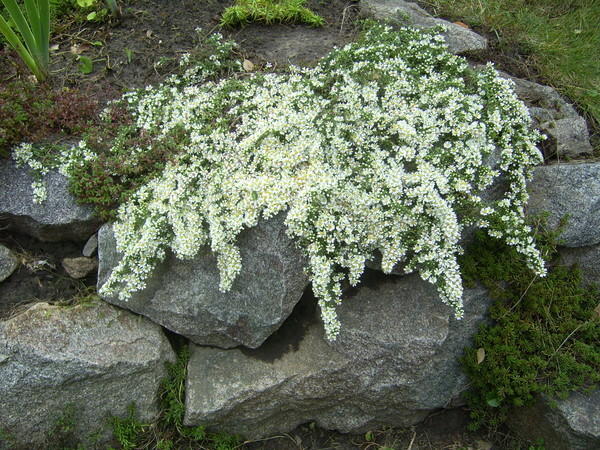
It is the small slope on which my plot is located that has created all the conditions for the creation of a rockery, a dry stream and a small pond.
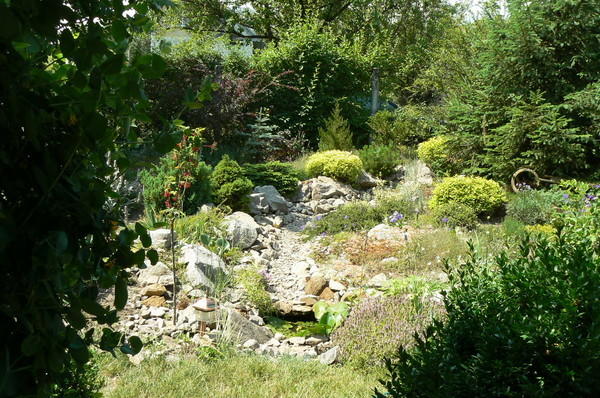
The gentle slope in front of the house, after a little intervention, turned into a cross between a sunken garden, a rockery and terraces.

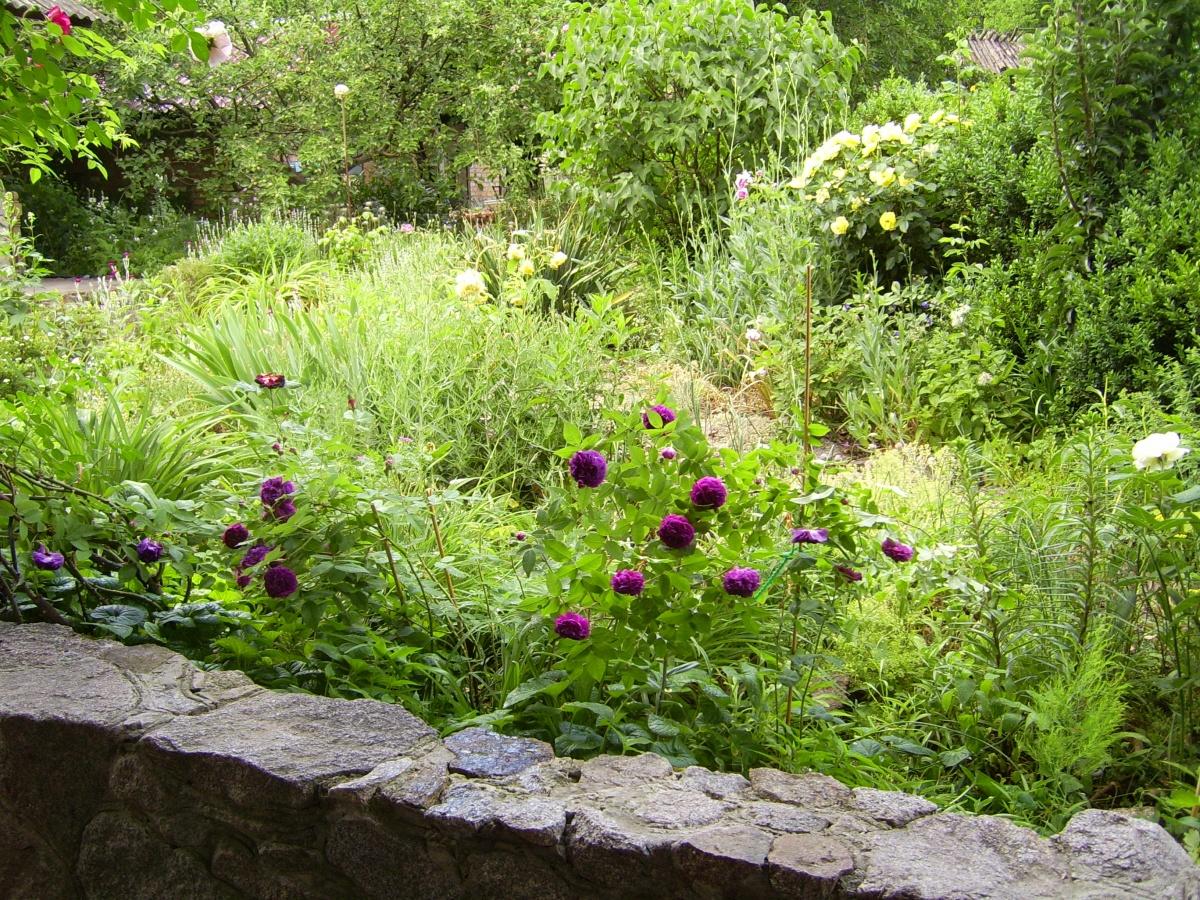
The staircase with steps made of large stones became a real decoration of the garden. I left the ground at every step, although there are other options, such as filling with gravel, filling with sawdust, and much more. It all depends on the taste of the owner and the requirements of the planned garden design.
The natural slope was used in the construction of a parking lot. In the walls of dry masonry, Thyme, Saponaria, and Hawthorn eventually settled.
